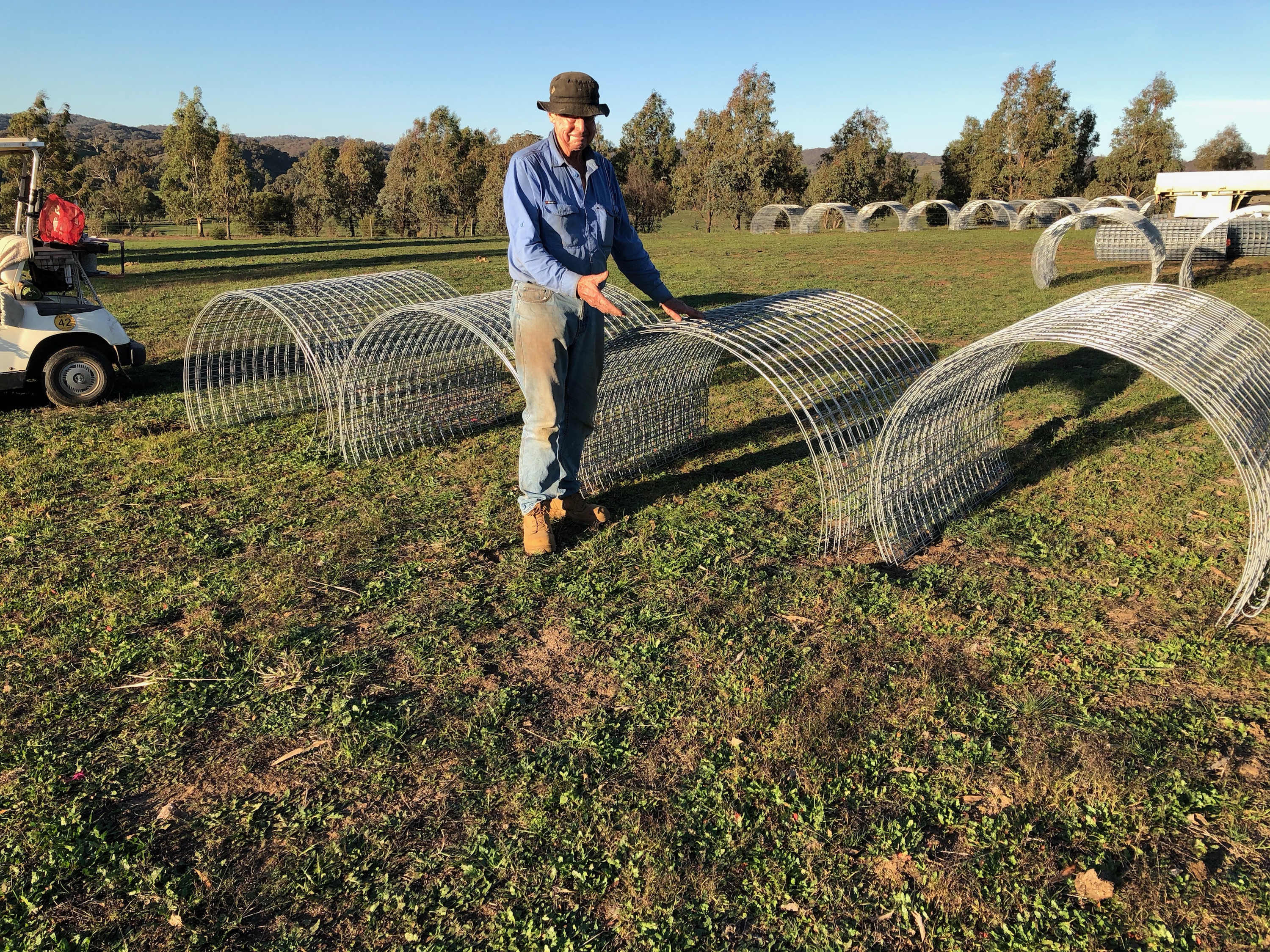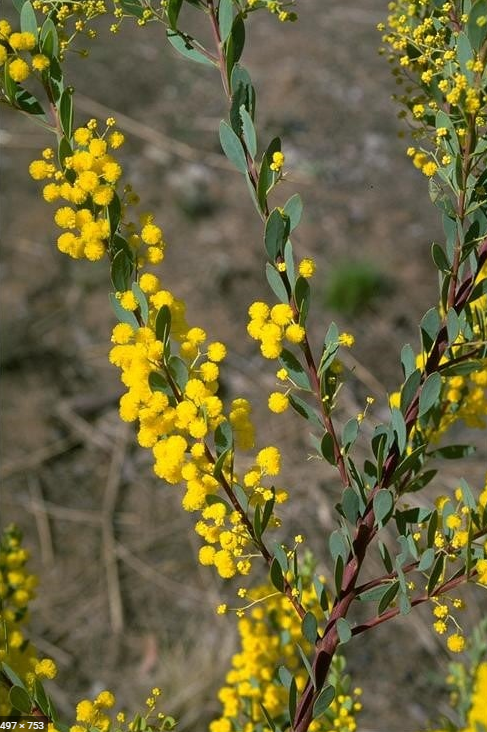The majority of Landcare members participating in the South East Local Land Services funded Paddock Tree project collected either their sheep or cattle sized mesh tree guards over the ANZAC weekend, and thankfully the next week the Yass region had good rain to settle in newly planted trees. Overall this project has resulted in 380 new paddock trees which will provide habitat and food sources for woodland birds. The Yass Landcare group is already thinking about a second round for Autumn 2021, which is a good reason to join your local Landcare group so that you can participate in this worthwhile project.


 Acacia buxifolia is one of the fire retardant acacias grown across YAN nurseries.
Acacia buxifolia is one of the fire retardant acacias grown across YAN nurseries.